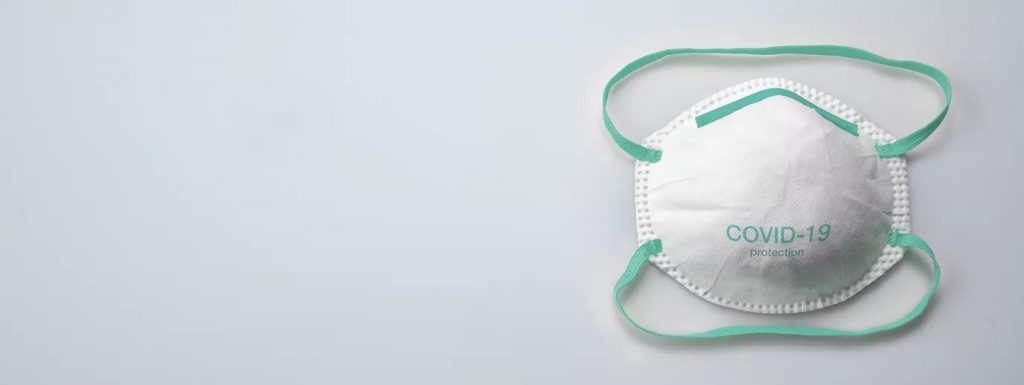
When there are no shortages of N95 respirators, the preferred respirator for COVID-19 infection prevention is a NIOSH-approved, fit-tested N95 or higher-level respirator. Due to expected and known shortages of N95 Respirators, your facility may have opted to use an Elastomeric Respirator. Elastomeric Respirators: Strategies During Conventional and Surge Demand Situations | CDC
If you have used the Elastomeric Respirator in your facility, you need to provide staff education on this Personal Protective Equipment (PPE), documentation of that education and audit results for compliance and competency.
It is important to know that according to 3M, the manufacturer of the respirator, the Elastomeric Respirator does not meet the Centers for Disease Control and Prevention’s (CDC) guidelines for source control due to the lack of filtration on the exhalation valve of the respirator. 3M has released a disclaimer in this linked document. RRFAQHealthcare_v2.pdf (3m.com)
“3M has not evaluated the practice of wearing surgical masks or other coverings over respirator exhalation valves. Due to the variability in design of source control masks and face coverings, it is not known how this practice might impact the respiratory protection performance of 3M respirators. It is important that the above guidance is recognized and then that each facility determine where respirators with exhalation valves are appropriate for use.”
The following is an excerpt from the CDC guidance on respirators with exhalation valves Supplementing the Supply of N95s with Reusable Elastomeric Half Mask Respirators | | Blogs | CDC :
Until more research is available, masks with exhalation valves or vents should NOT be worn to help prevent the person wearing the mask from spreading COVID-19 to others (source control). Here are some tips when it comes to exhalation valves:
- Wear a respirator without an exhalation valve when both source control and respiratory protection are required.
- If only a respirator with an exhalation valve is available and source control is needed, cover the exhalation valve with a surgical mask, procedure mask, or a cloth mask that does not interfere with the respirator fit.
